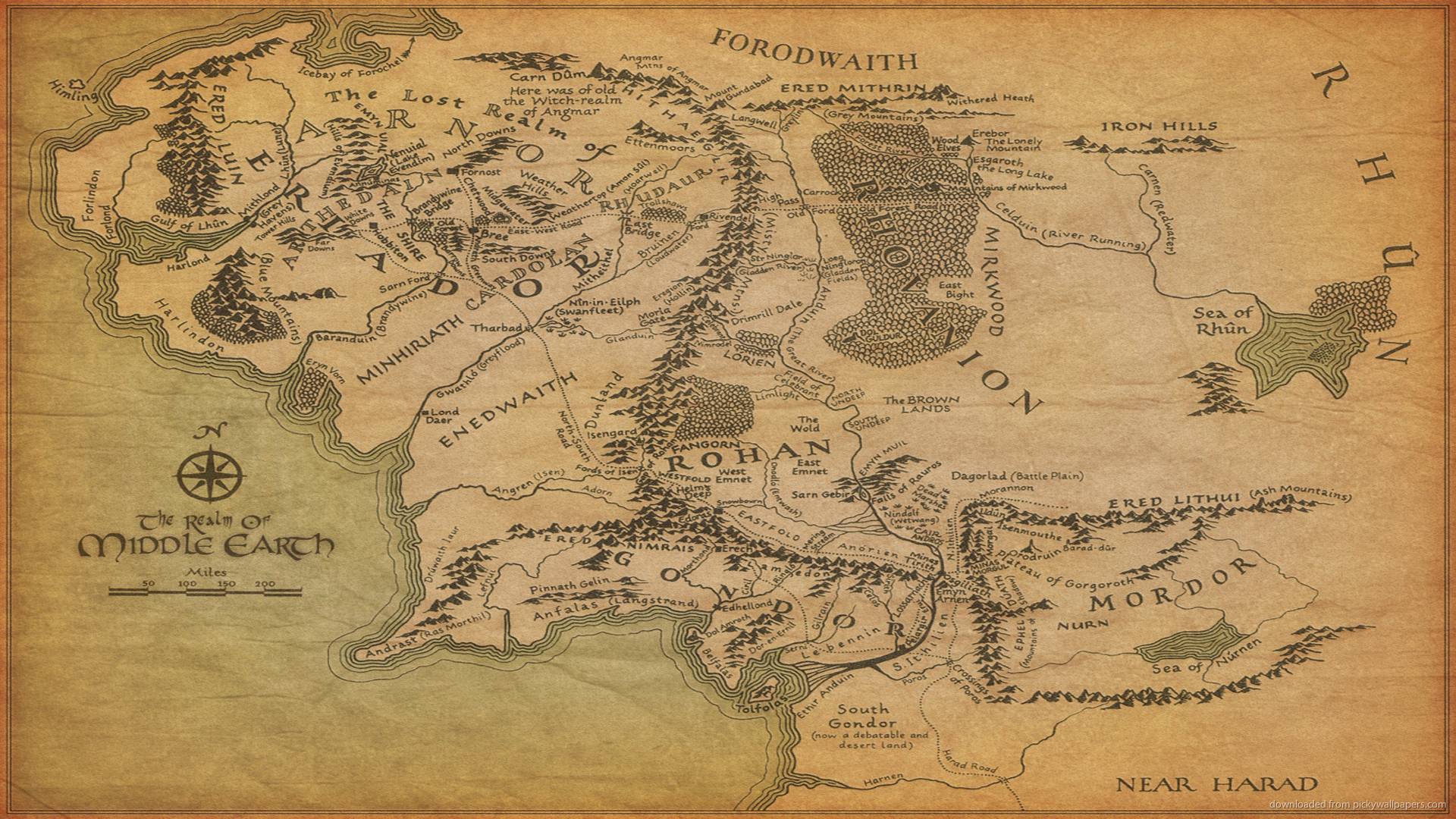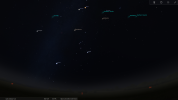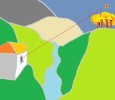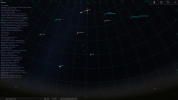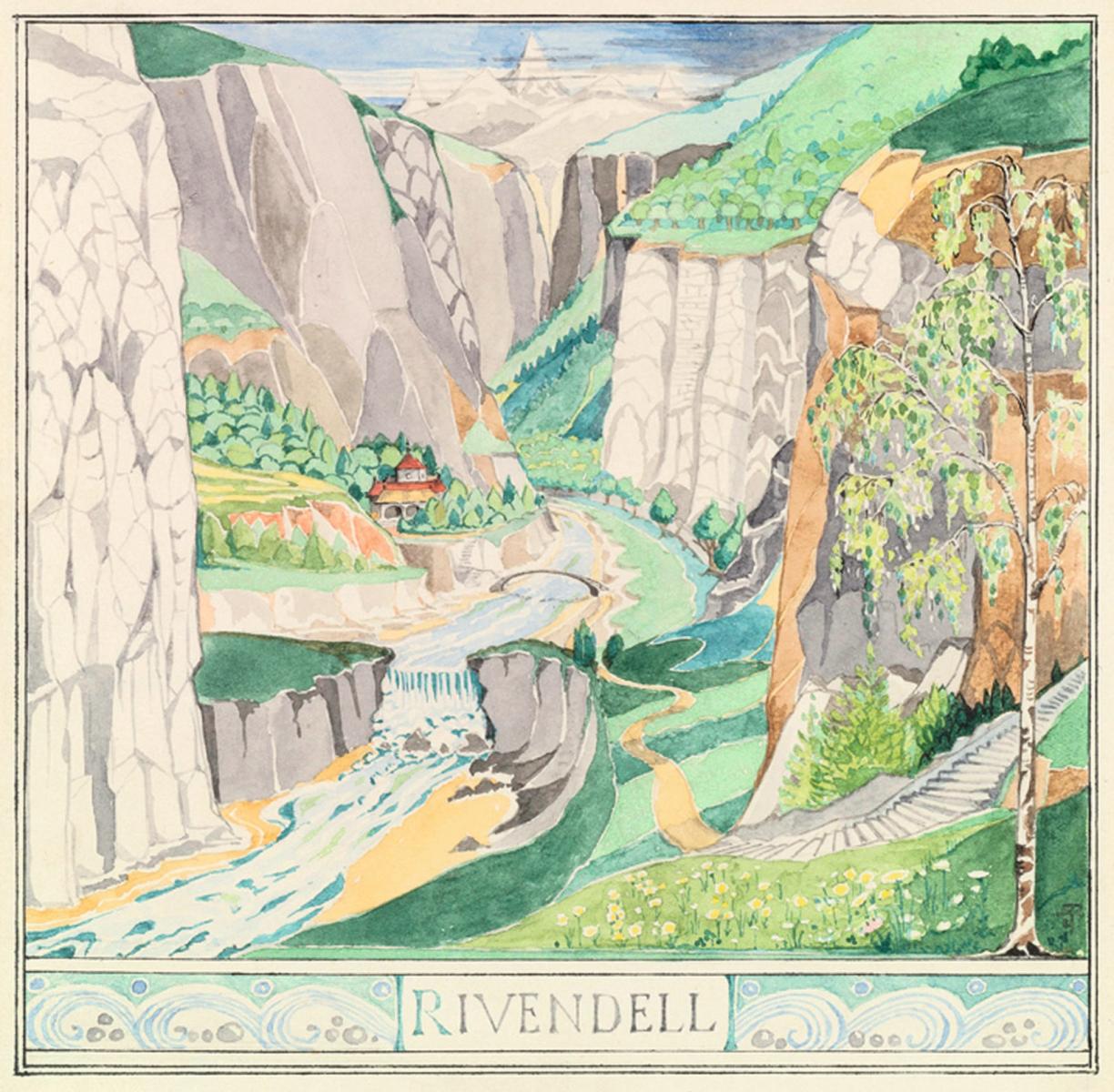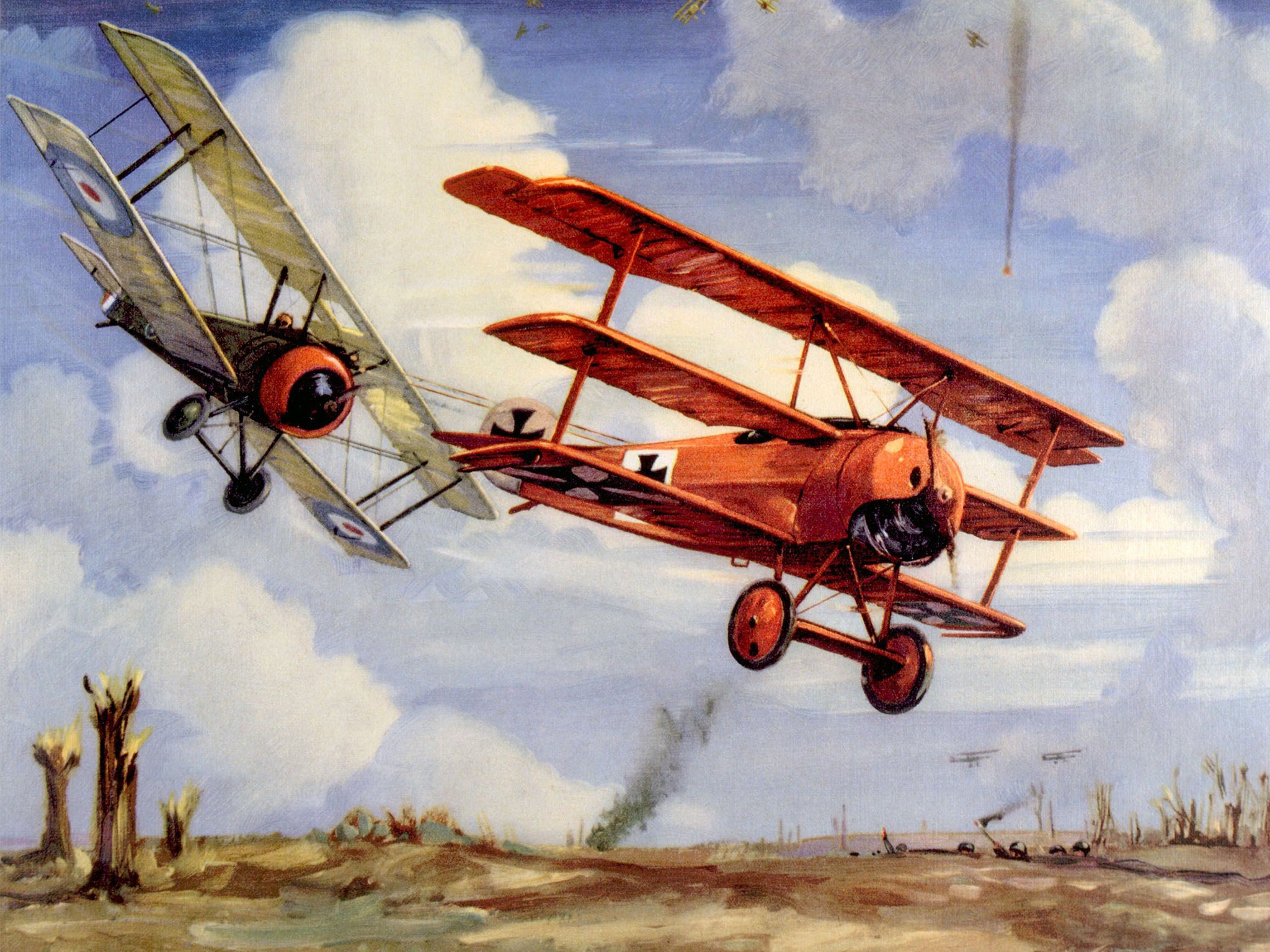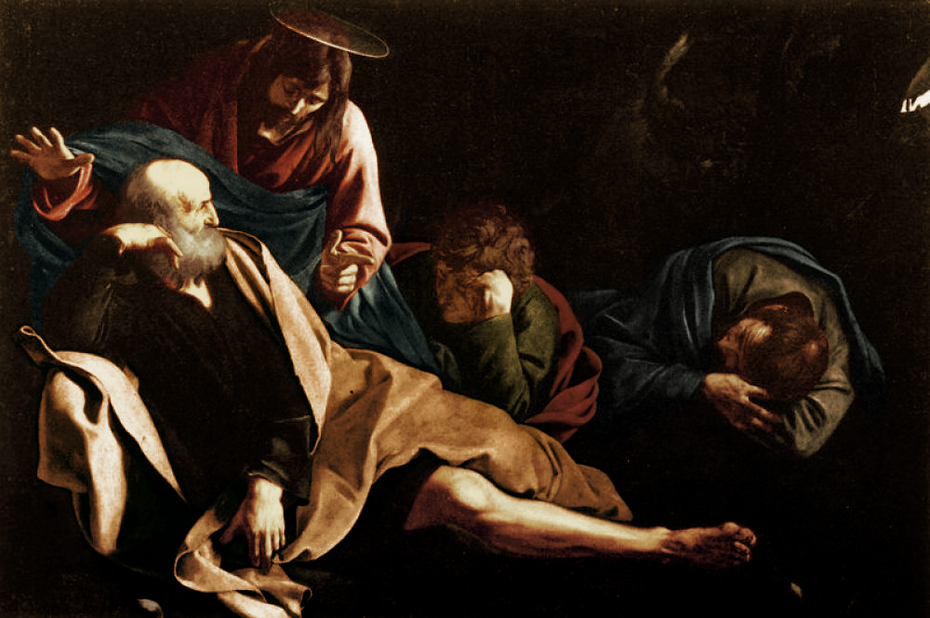Good post Willomir.
I think that Asterion made a very good and convincing case in this forum (complete with star chart) for the Rivendell star being 'Borgil' and Mars. (Link below)
Hi! As already discussed in Episode 13 around the 1:22:00 mark, "red Borgil" is normally associated to Aldebaran, with other candidates being Betlegeuse and Mars. I think Betlegeuse can be easily discarded, and Mars is normally discarded due to two reasons:
1. Although it can be seen around midnight in late September below the Pleiades (Remmirath) and above Orion (Menelmacar), this is rarely the case.
2. The name for Mars is elsewhere (Morgoth's Ring) given as Carnil/Karnil.
I have read an interesting article (
https://funkmon.wordpress.com/2014/01/06/identifying-borgil/) where it...
Mars is low in the south in December, if you are far north (latitude of Oxford). Also, the red star is higher in the sky than you might think. "It glared above the trees on the brink of the valley". So, it might be low above the trees, but Frodo is looking up from the bottom of the valley towards the brink, and the trees must reach circa 100 feet above the brink, so, if looking towards a flat horizon, the red star would be higher above it than the "low in the south" it appeared to Frodo.
I think the red star Frodo is looking at is Mars.
From Rivendell to the peak of Zirakzigil is about 125 miles. The peak of Zirakzigil would have to be over 10,000 feet higher in elevation than Rivendell for a flame on it to be visible (if there was a clear line of sight from Rivendell to Zirakzigil - which there isn't, as the 'brink of the valley' must obscure the sight-lines from Rivendell to the south). (Due to the curvature of the Earth (assume same for Middle-earth? - It is our Earth, now round, after all) visibility of 10,000 feet is 123 miles). Rivendell, in the foothills of the Misty Mountains, must be at a considerable elevation. For the peak of Zirakzigil to be 10,000 feet higher, Zirakzigil would probably have to be a 15,000 or 16,000 ft. mountain, which I doubt it is?
Anyway, what would the 'Flame of Udun' (As Gandalf calls the Balrog) be doing on the peak of Zirakzigil? He knows how to get there, as that is where he flees, pursued by Gandalf. But, does he spend time there? Or rather deep near the roots of the mountains?
I think the red star is Mars. Read Asterion's post. He makes a very convincing case.

